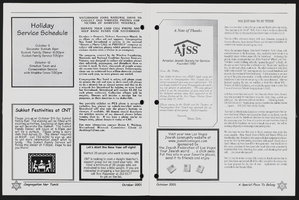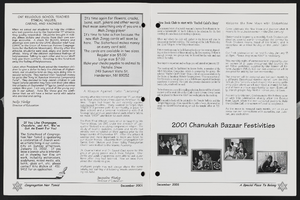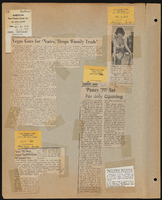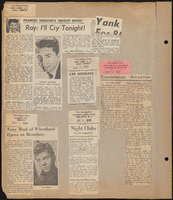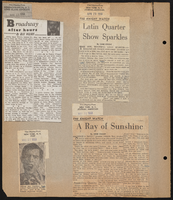Search the Special Collections and Archives Portal
Search Results
Joyce Mack oral history interview
Identifier
Abstract
Oral history interview with Joyce Mack conducted by Barbara Tabach on February 23, 2015 for the Southern Nevada Jewish Heritage Project. In this interview, Joyce Mack discusses meeting her husband, Jerry Mack, their early life as a couple, and moving to Las Vegas, Nevada at the suggestion of Jerry's father, Nate Mack. She discusses how Jerry met Parry Thomas and their banking and real estate investments. Mack talks about the opening of the Thomas and Mack Center at the University of Nevada, Las Vegas, and the development of the strip hotels, and discusses her children.
Archival Collection
Rejoyce Williams oral history interview
Identifier
Abstract
Oral history interview with Rejoyce Williams conducted by Claytee D. White on June 12, 1996 for the African Americans in Las Vegas: a Collaborative Oral History Project. Williams discusses coming to Las Vegas, Nevada with her husband and six children in 1960, working in several positions at hotels and casinos on the Las Vegas Strip, and participating in the Culinary Union strike in 1970.
Archival Collection

Photograph of Clark County High School students and staff, Las Vegas, 1912
Date
Archival Collection
Description
Image
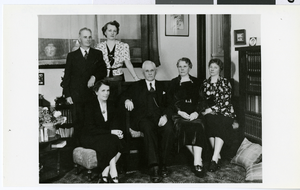
Photograph of Brewington and Pittman family members, Ely (Nev.), September 27, 1938
Date
Archival Collection
Description
Image
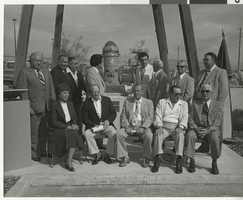
Photograph of group at original water supply site, Las Vegas, Nevada, October 29, 1980
Date
Archival Collection
Description
Image

